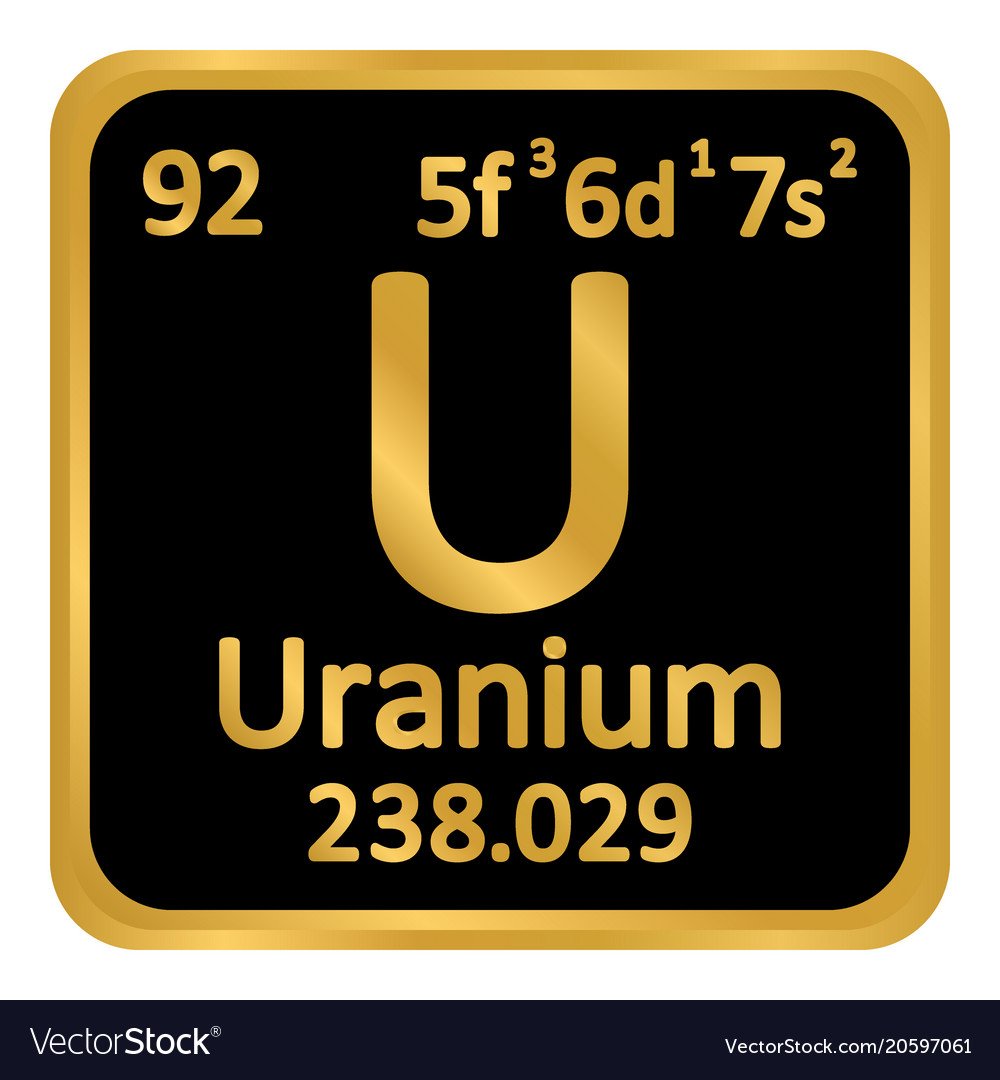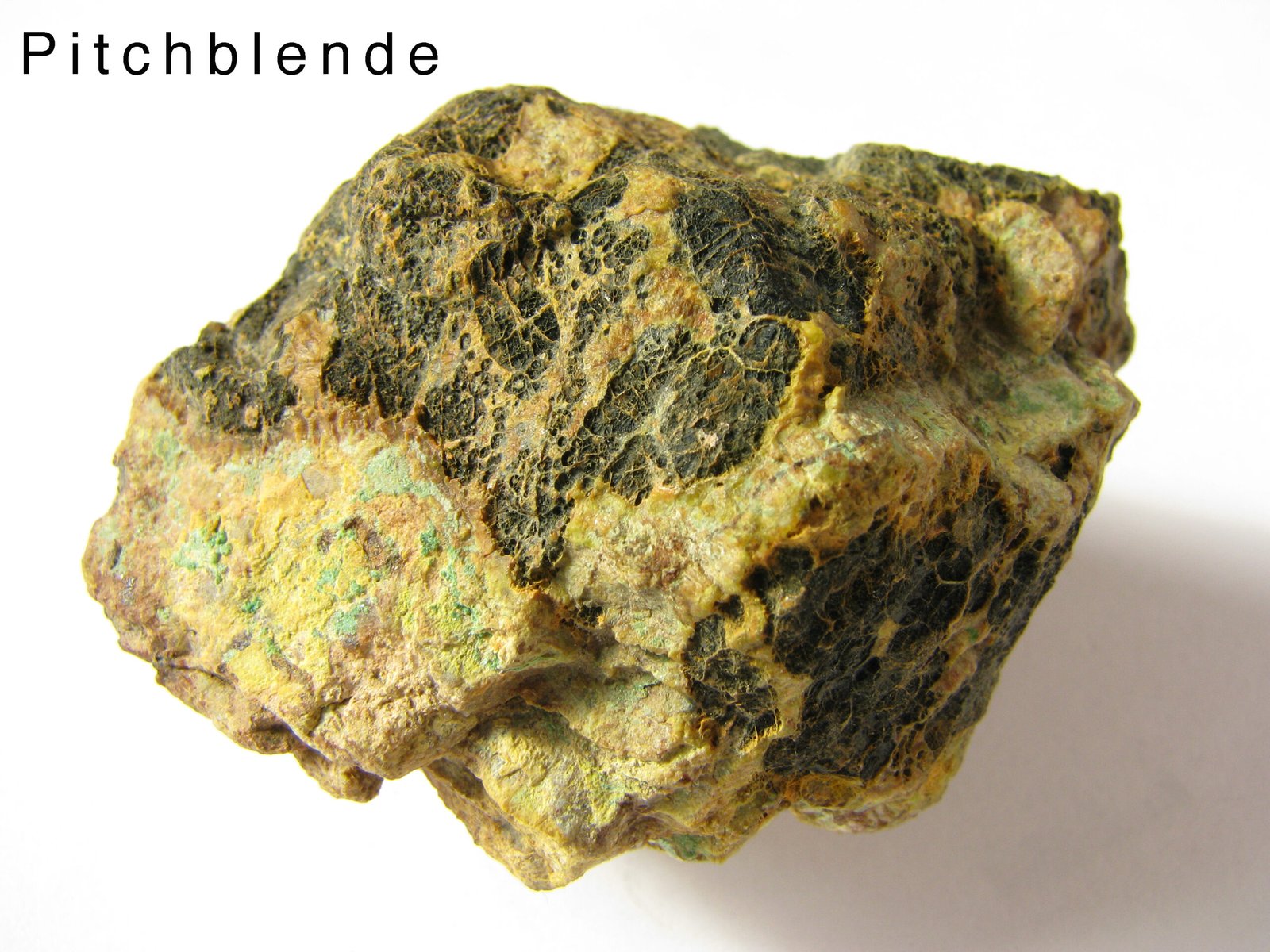Uranium is a silvery grey-metal by appearance. It has an atomic number of 92 and is part of the Actinide series of the periodic table. The average atomic weight of Uranium occurring in nature is around 238 a.m.u. . It was first discovered by Martin Klaproth in 1789. He is said to have discovered it using a mineral of Uranium called pitchblende. It was named using the planet Uranus.
It was apparently said to have formed in a supernovae around 6.6 million years ago. Unfortunately, it is not common in the solar system and is one of the important element which helps in putting the heat required to the Earth inside and also been found to be causing conventional and continental drifts.
Uranium is said to have a high density which helps it to be used as keels for yachts and as counter weights for aircraft control surfaces, as well as radiating shielding. In addition, it is said to have a melting point of 1132 Degree Centigrade.
Availability in Nature
Uranium in its ore form does contain many isotopes of Uranium. Major of them being U 238 which covers 99% of the available ore. On the contrary, Uranium 238 is not a highly radioactive material. It has a half-life of 4500 million years, which is considered the age of the Earth. In nature, U235 is important as this has the ability to split under favorable conditions. To the surprise, it only makes up 0.7% of the natural ore. This is the reason Uranium which is purified and enriched for the use in Nuclear Fuel Reactors.




